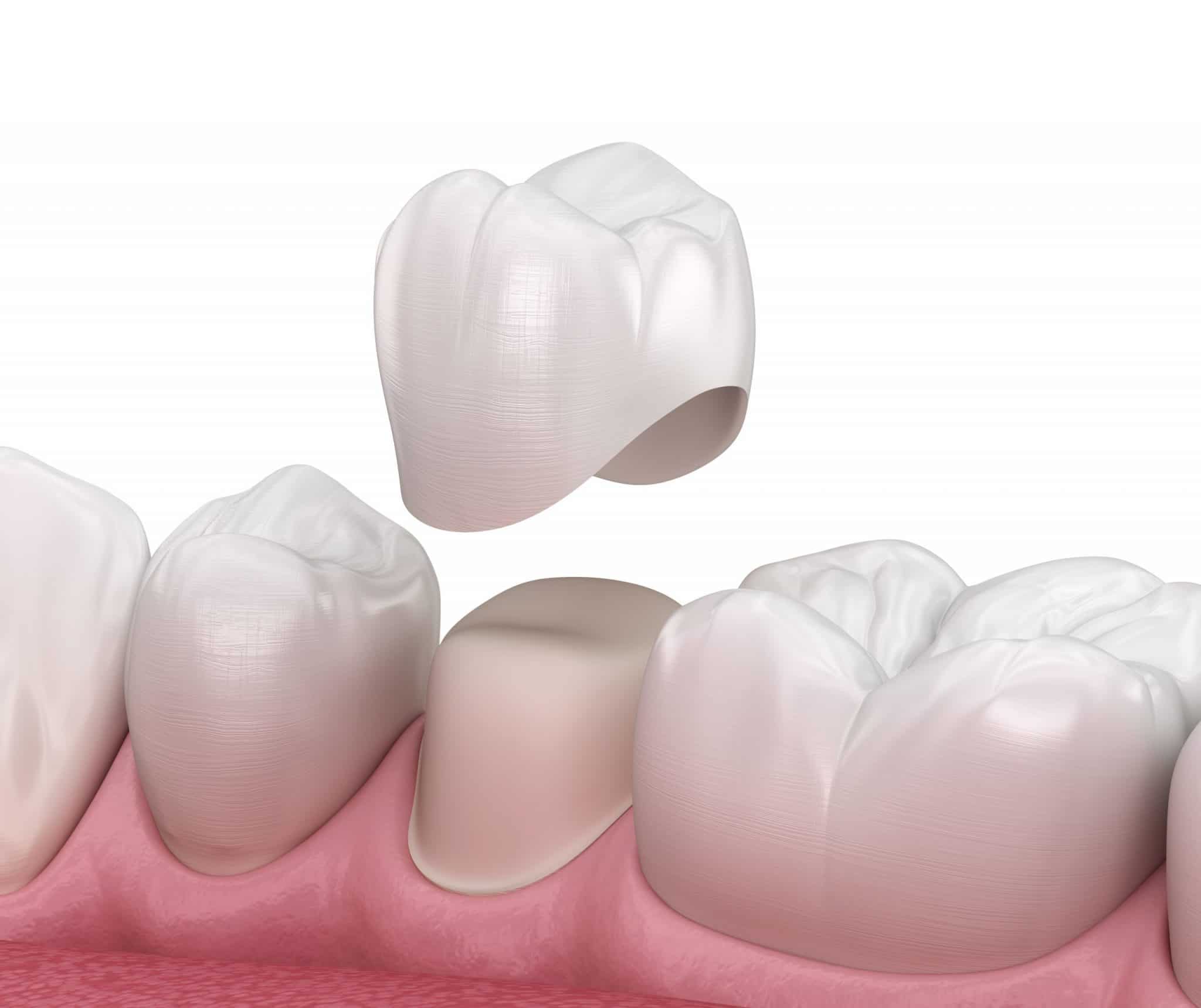What are Dental Crowns?
Dental crowns (ceramic and porcelain) are placed over a tooth, usually in a tooth shape, to cover and restore the shape, size, and form of the affected tooth.
As mentioned, there are a lot of types of dental crowns. The most frequently used dental crowns are ceramic and porcelain because they provide a natural coloring and look to your teeth. The other types of dental crowns are metal, stainless steel, resin, temporary to permanent, and porcelain fused to metal.
Metal dental crowns comprise alloys that have gold, platinum, or cobalt-chromium, or nickel-chromium. Metal crowns are best used to a remote part of the teeth like molars. Stainless steel dental crowns are commonly used for children, although the procedure to use this type of crown is the same as temporary to permanent dental crowns. Resin dental crowns are less expensive than other dental crowns, but it quickly wears off and prone to fractures. Meanwhile, temporary to permanent dental crowns are provided by your dentists. These are commonly used if they don’t have available permanent dental crowns. While porcelain fused to metal dental crowns work the same as porcelain and ceramic dental crowns. Still, the difference is that there is a metal on the crown where the porcelain is fused.




